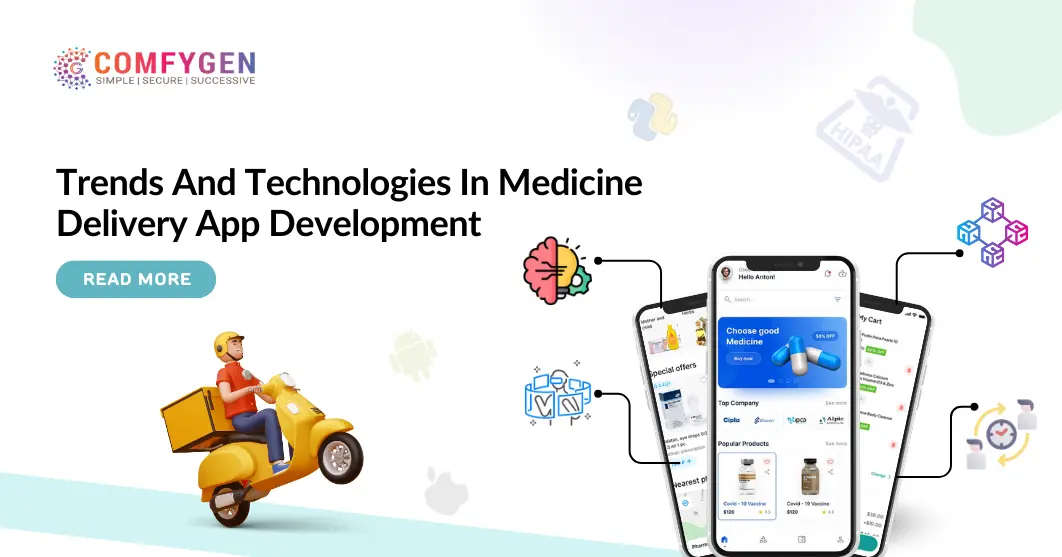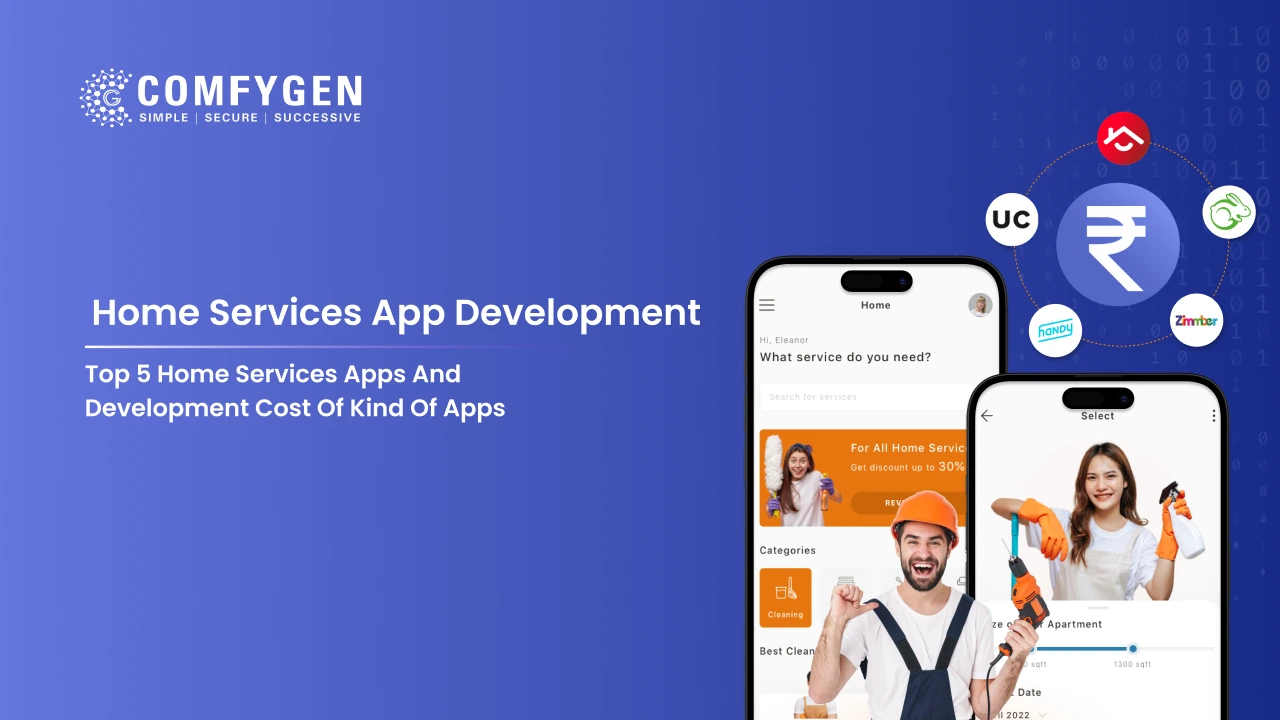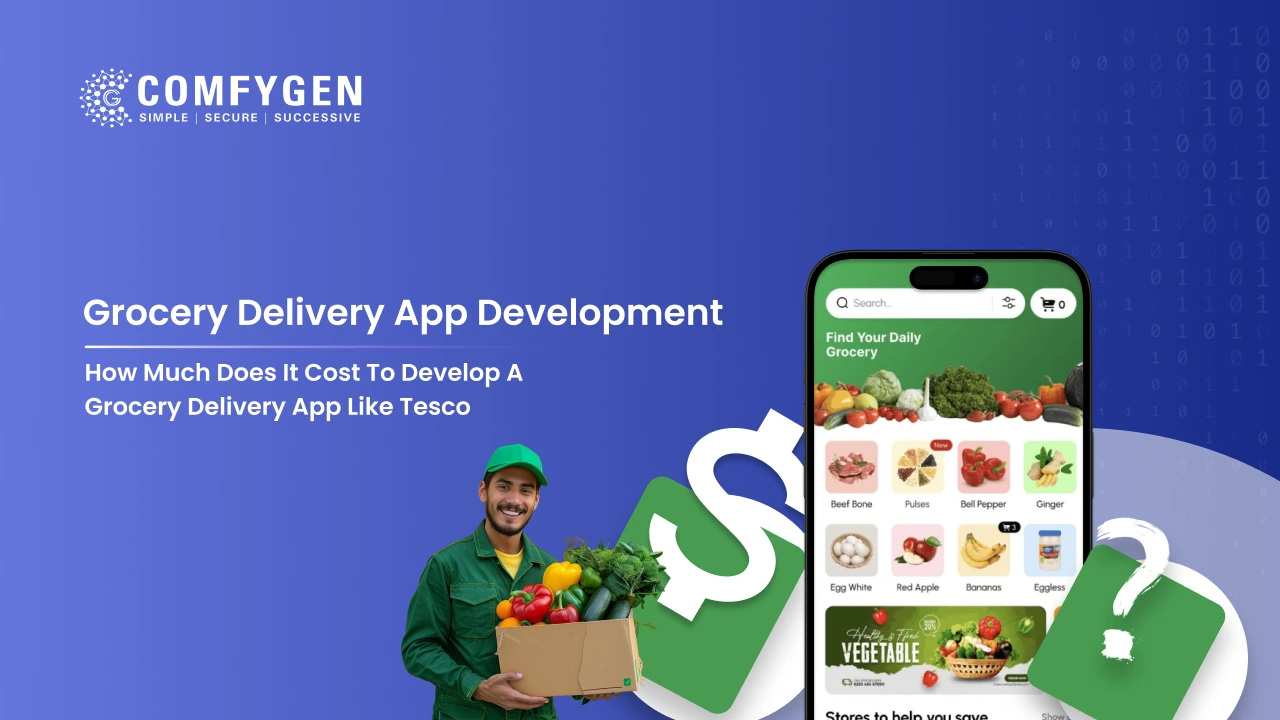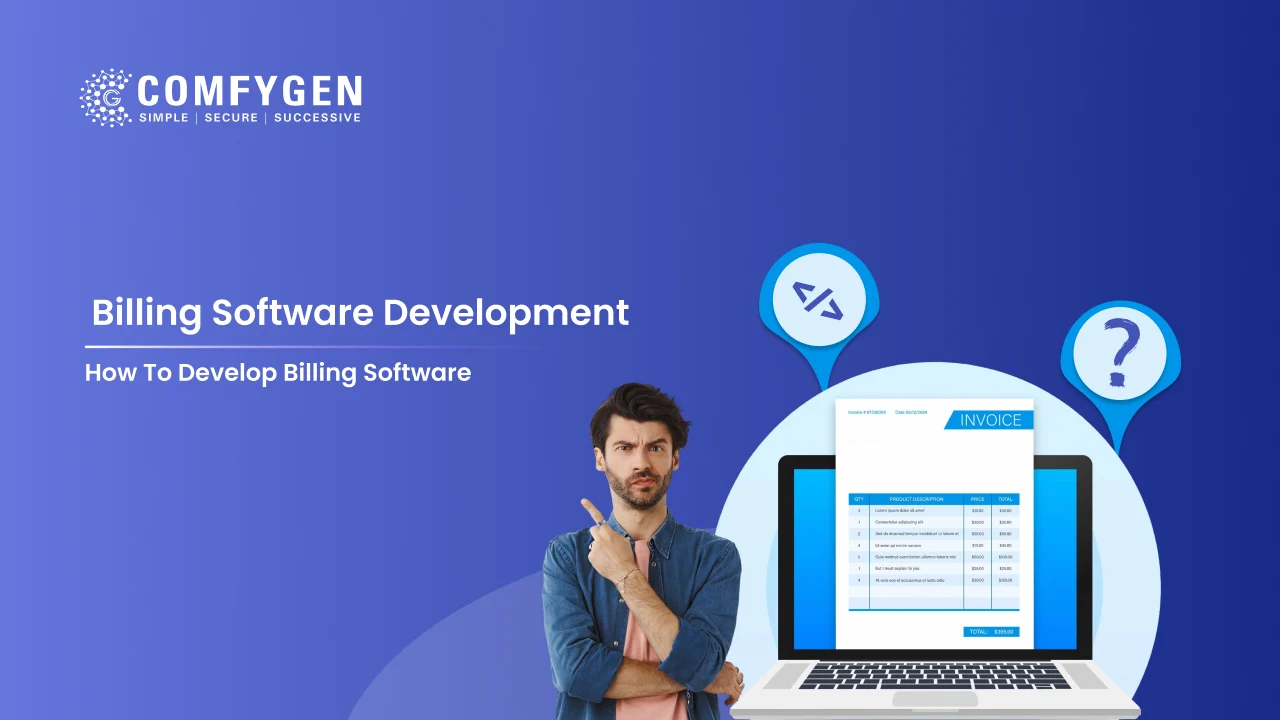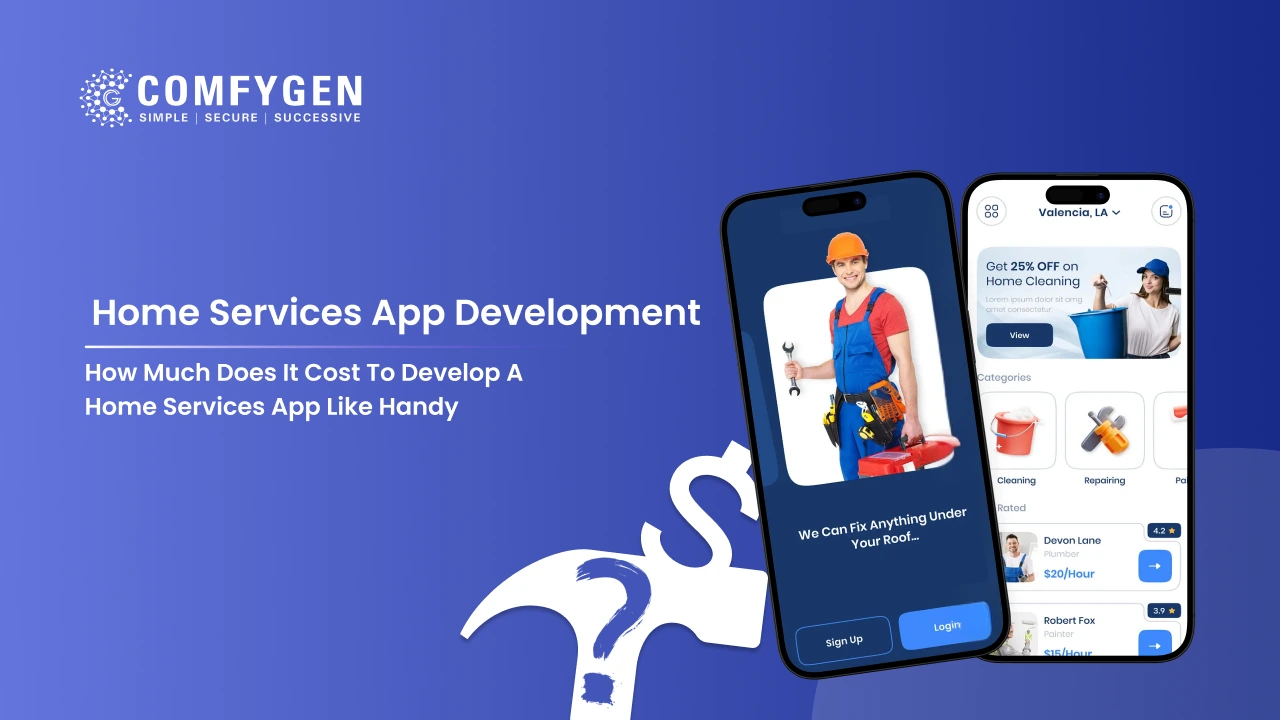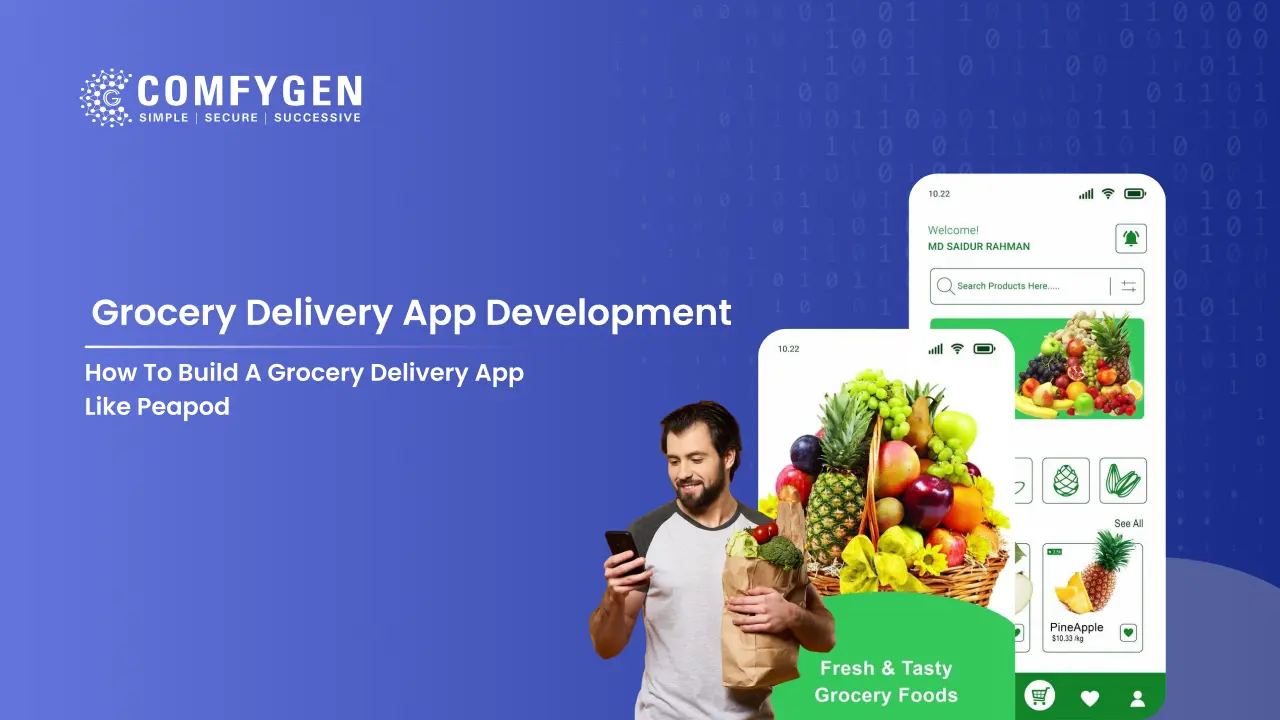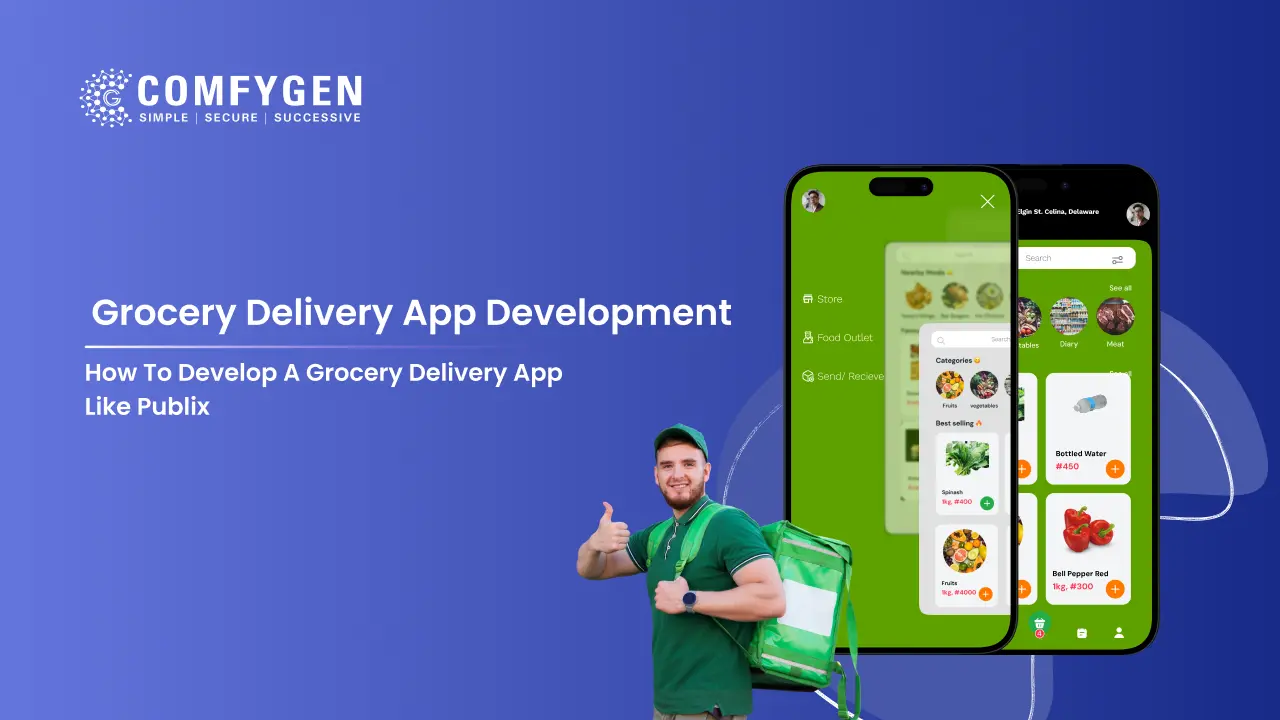Trends And Technologies In Medicine Delivery App Development
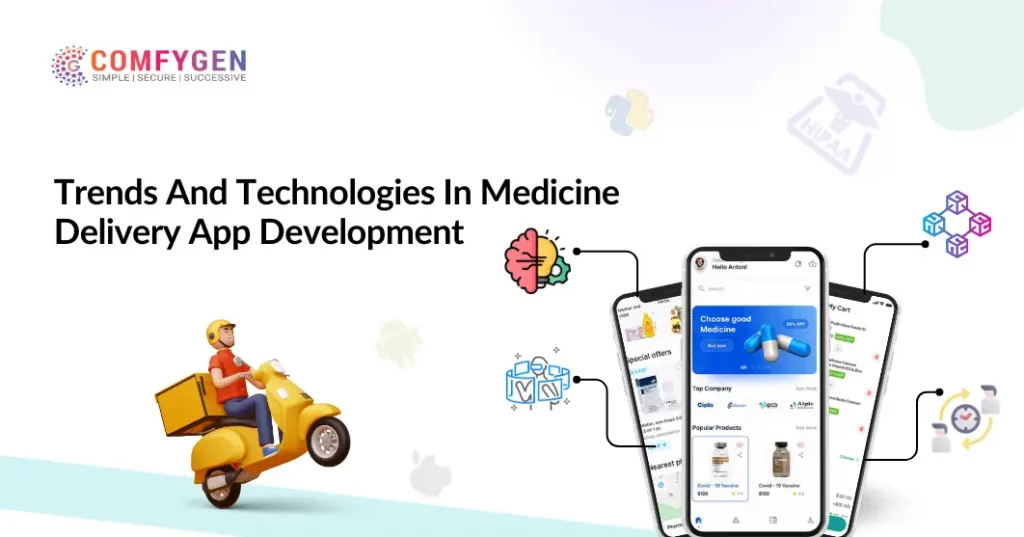
During the pandemic period, people were unable to step out from home for any needs. Also, that time spread vast awareness about healthcare. On every basic health hazardous symptom, folks were ordering medicines from pharmacy stores at their doorsteps.
Individuals have become habitual of on-demand medicine delivery applications since that period. Therefore, the demand for medicine delivery app development increased immensely. The global medicine delivery market revenue was likely to reach $1.9 Trillion in 2023. With a growth in CAGR of 6.4%, this revenue may increase to US$3.5 Trillion by 2033.
With the huge market revenue and anticipated growth in the industry, developing a medicine application is not a bad idea. However, there are many tech trends to acknowledge and challenges that happen during the medicine delivery mobile app development.
If you are planning to build a medicine delivery application; then wisely take decisions about the technologies and modern tech trends to be involved. Also be prepared for some challenges as well to happen, but those can be resolved by the professional mobile app developers.
This blog is dedicated to the tech-trends and challenges that may happen and must be acknowledged during medicine delivery app development. So let’s dive into the information to be careful in your upcoming projects.
What Are Medicine Delivery Apps?
Well, the name speaks for itself. Medicine delivery apps are mobile applications, where the users will find nearby medical stores or might order the medicines through the platform directly. In the suggested duration, the medicines will be delivered at your doorstep. Moreover, there are various implementations entrepreneurs can do; such as allowing patients to book consultation with doctors, get online doctor’s consultation, schedule their medicine delivery time, get their reports diagnosed, etc. It depends upon the features you add; otherwise the one significant and basic purpose of the application is to deliver medicines at the doorstep in minimal possible time.
Here are some examples of Medicine Delivery Apps:
- PharmEasy
- Netmeds
- 1mg
- Practo
- Apollo 24/7
- MedLife
Want To Develop Online Medicine Delivery App Like Apollo
Market Overview (Size And Stats On Medicine Delivery Apps)
Here are some growing stats of medicine delivery app proving its worth and demand in the market:
- The ePharmacy market size was evaluated with value USD$52 Billion in 2019, which was anticipated to reach USD$62.14 Billion by 2023. Moreover, this will touch USD$308.8 Billion by 2031. The CAGR will grow at 19.5% between 2024-2031.
- The United States is supposed to make the most out of medicine delivery apps, approximately US$387.30 Billion in 2024.
- The whole growth concept states that the medicine delivery market is enough for a big impact on the financial state of the US.
- The medicine delivery app market is going to serve with more advanced features making the appointment scheduling, medical records and diagnostic records reading, etc much easier.
Also Read: Best Pharmacy App Development Companies In The USA
Technologies To Build Medicine Delivery App
Learn about the technologies involved to build Medicine Delivery Apps:
Frontend Technologies
- Mobile Development Frameworks:
- iOS: Swift or Objective-C
- Android: Kotlin or Java
- Cross-Platform: React Native Development, Flutter Development, Xamarin
- Web Development:
- HTML, CSS, JavaScript
- Frameworks: React, Angular, Vue.js
Backend Technologies
- Programming Languages:
- JavaScript: Node.js
- Python: Django, Flask
- Java: Spring Boot
- Ruby: Ruby on Rails
- PHP: Laravel
- Databases:
- SQL Databases: MySQL, PostgreSQL
- NoSQL Databases: MongoDB, Cassandra
- Server Management:
- Web Servers: Apache, Nginx
- Cloud Services: AWS, Google Cloud Platform, Microsoft Azure
APIs and Integration
- Payment Gateways: Stripe, PayPal, Square
- Geolocation Services: Google Maps API, Mapbox
- Communication: Twilio (SMS), SendGrid (Email)
- Healthcare APIs: FHIR (Fast Healthcare Interoperability Resources), Apple HealthKit, Google Fit
Security
- Authentication and Authorization:
- OAuth 2.0
- JWT (JSON Web Tokens)
- Data Encryption:
- SSL/TLS for data in transit
- AES/RSA for data at rest
- Compliance:
- HIPAA (Health Insurance Portability and Accountability Act) in the US
- GDPR (General Data Protection Regulation) in the EU
User Interface and User Experience (UI/UX)
- Design Tools:
- Sketch, Figma, Adobe XD
- Prototyping Tools:
- InVision, Axure
Logistics and Delivery
- Real-Time Tracking:
- GPS and mapping integration
- Inventory Management:
- Custom solutions or integrations with existing inventory management systems
- Delivery Optimization:
- Algorithms for route optimization, delivery scheduling
Analytics and Monitoring
- Analytics Tools:
- Google Analytics, Firebase Analytics, Mixpanel
- Monitoring and Logging:
- Log management tools like ELK Stack (Elasticsearch, Logstash, Kibana)
- Application performance monitoring (APM) tools like New Relic, Datadog
DevOps and CI/CD
- Version Control:
- Git, GitHub, GitLab
- CI/CD Pipelines:
- Jenkins, CircleCI, GitHub Actions
- Containerization and Orchestration:
- Docker, Kubernetes
Miscellaneous
- Push Notifications:
- Firebase Cloud Messaging (FCM), Apple Push Notification Service (APNs)
- Customer Support:
- Chatbots (Dialogflow, Microsoft Bot Framework)
- CRM integration (Salesforce, Zendesk)
Current Trends In Medicine Delivery App Development
During the medicine delivery app development; there are some current tech-trends you must know and find out the right one to integrate in your own project; such as:
-
Rise of On-Demand Delivery Services
The surge in on-demand delivery services has transformed medicine delivery apps by providing fast, efficient, and reliable access to medications. This trend meets the expanding customer demand for comfort and instantaneousness, allowing users to get medicines at their doorstep within hours. It improves customer fulfillment and devotion through fast turnaround times and 24/7 accessibility.
-
Integration of Telemedicine
Integrating telemedicine with medicine delivery apps bridges the gap between diagnosis and treatment. Patients can counsel healthcare providers online and get medicines delivered specifically to their homes. This consistent handle upgrades accessibility to healthcare, especially for those in inaccessible ranges, and guarantees continuity of care without the require for in-person visits.
Also Read: The Comprehensive Guide To Telemedicine App Development
-
Use of AI and Machine Learning
AI and ML are significant in optimizing medication conveyance administrations. They improve course arranging for speedier conveyances, foresee client needs for convenient restocking, and personalize client intuitive through cleverly suggestions. Moreover, AI-driven chatbots give 24/7 client bolster, tending to questions and progressing the by and large client involvement proficiently.
-
Personalization and Customization
Personalization and customization are key patterns upgrading client engagement in pharmaceutical conveyance apps. By leveraging client information, apps can offer custom fitted suggestions, updates for pharmaceutical refills, and personalized wellbeing tips. This approach not as it were moves forward client fulfillment but too advances adherence to medicine regimens, eventually contributing to way better wellbeing results.
-
Improved Client Encounter (UX) and Interface (UI) Plan
A predominant UX/UI design plan is significant for the victory of pharmaceutical conveyance apps. Instinctive route, easy-to-use highlights, and outwardly engaging interfacing guarantee a consistent and locks in client encounter. Improvements like real-time following, secure installment portals, and available client bolster assist raise client fulfillment and maintenance.
-
Joining of Expanded Reality (AR) and Virtual Reality (VR)
AR and VR advances are continuously being consolidated into medication conveyance apps to supply immersive and intelligently encounters. These advances can help in virtual interviews, making a difference patients get it pharmaceutical enlightening through 3D visualizations, and indeed reenact sedate intuitive, subsequently moving forward persistent instruction and adherence to treatment plans.
-
Blockchain for Security and Straightforwardness
Blockchain innovation guarantees security and straightforwardness in pharmaceutical conveyance apps by making a tamper-proof record of exchanges. It improves information security, secures quiet data, and streamlines the supply chain by following the travel of drugs from producer to shopper. This not as it were builds believe but too guarantees compliance with administrative benchmarks.
Upgrade Your Medicine Delivery App Today
Challenges In Medicine Delivery App Development
During the medicine delivery app development, there are some challenges that might happen. Listed are the challenges you must know before it happens:
-
Regulatory and Compliance Issues
Ensuring to navigate the required mandatory healthcare regulatory compliances is a significant challenge during the medicine delivery app development, but to launch & work with the application in the marketplace – it is a must to follow aspect. The developers must ensure for HIPAA, GDPR, and other compliances in charge when regulating an app from the medicinal industry to protect patient’s data and ensure for lawful distribution of medicines.
-
Ensuring Data Security and Privacy
The developers must ensure the medicine delivery app development takes all the required advanced security measures and privacy aspects aligned. There are certain things to ensure during development; such as encrypted data, patient’s records safety, secured data storage, restricted access control to prevent breaches and unauthorized accesses. Maintaining security is important to gain client’s trust and regulatory requirements.
-
Managing Supply Chain and Inventory
Effective supply chain and inventory management is critical to avoid medication shortages and overstocking. Developers must integrate advanced analytics and real-time tracking systems to monitor inventory levels, predict demand, and optimize stock management. This helps in maintaining a seamless supply chain, ensuring timely delivery and availability of medications.
-
Addressing Delivery Logistics
Addressing delivery logistics involves overcoming challenges such as timely delivery, managing perishable medications, and covering remote areas. Optimizing delivery routes, partnering with reliable logistics providers, and employing technologies like GPS tracking are essential to ensure efficient and cost-effective delivery services, enhancing customer satisfaction.
-
Dealing with Prescription Fraud
Dealing with prescription fraud is a significant challenge that medicine delivery apps face. Implementing stringent verification processes, such as digital prescription authentication and collaboration with licensed healthcare providers, is necessary to prevent fraudulent activities. This ensures the safe and legal distribution of medications to legitimate users.
-
Achieving High User Engagement and Retention
Achieving high user engagement and retention requires persistent advancement and user-centric highlights. Apps need to give personalized experiences, timely notifications, and dependability programs to keep users locked in. Customary updates, addressing user input, and guaranteeing consistent usefulness are significant to keeping up a loyal user base.
-
Handling Technical Issues and Bugs
Handling technical issues and bugs is a continuous challenge in app development. Regular testing, timely upgrades, and a responsive, specialized support group are essential to address glitches and guarantee smooth operation. Giving a solid and bug-free client encounter is significant for client satisfaction and retention.
-
Adapting to Market and Technological Changes
Adjusting to showcase and innovative changes involves remaining updated with the latest trends and advancements in healthcare and innovation. Continuous learning, agile advancement practices, and incorporating user criticism help in advancing the app to meet changing client needs and industry measures, guaranteeing long-term success in a dynamic market.
Also Read: Healthcare Application Development | Benefits, Process, Features and Cost
Future Prospects And Innovations
To make the medicine delivery app stand against competition very steadily in the healthcare app market, one can think of integrating some of the futuristic technologies in their healthcare app development solutions; which are:
-
Predictive Analytics for Inventory Management
Predictive analytics will revolutionize inventory management in medicine delivery apps by accurately forecasting demand and optimizing stock levels. Using historical data and machine learning algorithms, these apps can predict which medications will be needed, reducing waste and ensuring timely availability. This proactive approach enhances efficiency and customer satisfaction.
-
Advanced Robotics for Delivery
Advanced robotics holds the promise of transforming medicine delivery through automation and precision. Drones and autonomous vehicles can expedite deliveries, especially in hard-to-reach areas, and ensure timely, contactless service. This innovation not only improves delivery speed and reliability but also reduces operational costs and human error.
-
Expansion of Telehealth Services
The expansion of telehealth services will be integrated with medicine delivery apps, offering comprehensive healthcare solutions. Patients will be able to get virtual interviews, get medicines, and have medicines delivered seamlessly. This all encompassing approach upgrades availability and comfort, especially for those with limited mobility or in remote areas.
-
Integration with Wearable Devices
Integrating medicine delivery apps with wearable devices can give real-time health monitoring and personalized medicine reminders. Wearables can track imperative signs and health measurements, sending information to the app to recommend opportune medication refills or adjustments. This cooperative energy enhances patient adherence and proactive health management, driving to way better results.
-
Use of IoT for Smart Deliveries
The use of IoT (Internet of Things) in smart deliveries will empower real-time following and effective management of the delivery process. Sensors and associated gadgets can screen the condition of solutions, guaranteeing they are kept at the proper temperature and stickiness levels. This innovation guarantees the secure and secure conveyance of pharmaceuticals, improving unwavering quality and believe.
Want to Launch Your Own Medicine Delivery App?
What Challenges Come To Developing A Medicine Delivery Application?
During the development of medicine delivery mobile applications, there are some basic challenges faced by developers and clients. We are listing some of the challenges. You understand them clearly, so these will be resolved easily in the future if they happen:
-
Ensuring User-Friendly Design
Creating an intuitive and user-friendly design is essential for the success of a medicine delivery app. Developers need to ensure that the app is easy to navigate, with clear instructions and an accessible interface. This includes simple registration processes, easy-to-use ordering systems, and straightforward payment methods to enhance user experience.
-
Integration with Pharmacy Management Systems
Integrating the app with existing pharmacy management systems is a complex task. It requires seamless synchronization to ensure real-time updates on inventory, prescriptions, and delivery status. This integration is crucial for maintaining accurate stock levels, reducing errors, and providing reliable service to users.
Also Read: The Comprehensive Guide To Pharmacy App Development
-
Providing Multilingual Support
Offering multilingual support is necessary to cater to a diverse user base. Developing a medicine delivery app that supports multiple languages ensures accessibility for non-native speakers. This involves translating content accurately, ensuring cultural sensitivity, and maintaining the quality and consistency of user interactions across different languages.
-
Handling Cold Chain Management
Managing the cold chain for temperature-sensitive medications is a significant challenge. The app must incorporate features to track and monitor the temperature of medications throughout the delivery process. This includes integrating IoT devices and sensors to ensure that medications are stored and transported under optimal conditions, preventing spoilage and ensuring efficacy.
-
Establishing Reliable Customer Support
Providing reliable and responsive customer support is crucial for handling user queries and issues. Developers need to set up an efficient support system, including chatbots, live chat, and helplines. This ensures users receive timely assistance, building trust and enhancing user satisfaction and loyalty.
-
Securing Funding and Investment
Securing sufficient funding and investment is often a hurdle in developing a medicine delivery app. This involves presenting a compelling business model and demonstrating the app’s potential for profitability and growth. Attracting investors requires thorough market research, a clear value proposition, and a strategic plan for scalability and revenue generation.
Read More: Features of Doctor Appointment App Development
What Is The Cost Of Developing A Medicine Delivery App?
The average medicine delivery app development cost ranges between $25000-$250000 and even more. There is no fixed cost to share, because the cost determination depends upon various factors. There are many considerations to acknowledge to figure out the cost of building a medicine delivery mobile application.
Here are some of those listed. Learn about them, discuss with medicine delivery app development company to finalize the exact cost for your project:
1. App Features and Complexity
The cost of developing a medicine delivery app largely depends on the features and complexity required. Basic functionalities like user registration, medication search, and order placement are less expensive. However, advanced features like AI-driven recommendations, real-time tracking, and telemedicine integration significantly increase development costs due to the need for more sophisticated technology and expertise.
2. Platform Selection
The choice of platform—iOS app development, Android app development, or both—affects the development cost. Developing for a single platform is cheaper than creating a cross-platform app. However, opting for both iOS and Android increases the potential user base but also raises costs due to the need for separate development and testing processes for each platform.
3. Design and User Experience
Investing in a high-quality design and user experience (UX) is crucial but can also drive up costs. A well-designed app with an intuitive interface requires skilled designers and extensive testing to ensure usability. Custom graphics, animations, and responsive design elements add to the overall expense but are essential for attracting and retaining users.
4. Backend Infrastructure
The backend infrastructure, including servers, databases, and APIs, plays a critical role in the app’s performance and scalability. Developing a robust backend that can handle high traffic, secure sensitive data, and integrate with third-party services requires significant investment. The complexity of backend functionalities directly impacts the development cost.
Also Read: How Much Does It Cost To Develop A Healthcare Application?
5. Regulatory Compliance
Ensuring compliance with healthcare regulations like HIPAA in the U.S. or GDPR in Europe is essential for a medicine delivery app. This involves implementing stringent data security measures and regularly updating the app to comply with evolving legal standards. The need for legal expertise and additional development efforts to meet these regulations increases the overall cost.
Want to See a Demo of a Medicine Delivery App?
How Comfygen Can Help In Resolving Tech-Trends Integrations And Challenges During Medicine Delivery App Development?
Comfygen is an experienced professional medicine delivery app development company. We have a team of experts who worked on various similar projects. Also, these professionals have knowledge of cutting edge technologies, are aware of the current modern tech-trends, and have the potential to cope up with complicated challenges that happen during the development.
Comfygen never disappointed any client prior. We are a dedicated mobile app development company, which commits to deliver the project till the deadline and also use the best practices to create robust solutions.
- Build best in market with in-depth researches and practices followed
- Use cutting-edge technologies to build a scalable and flexible medicine delivery app
- Implement modern technologies to make it more engaging and current market supportive
- Keep the development process transparent with clients, and also available 24*7 with customer support
- Solutions are quality-oriented build at the right affordable cost
Want To integrate Tech-Trends Into Your Medicine Delivery App
Conclusion
Medicine delivery app development is not easy due to the concurrent market competitions. There are many big-giants already ruling the marketplace; such as Netmeds, PharmEasy, Practo, 1mg, Medlife, True Meds, etc. If you want to build an on-demand medicine delivery app; one has to think of something unique, engaging, enriched features implemented, and most important problem solving.
There are many medicine delivery app development services available in the market. You shortlist the best among them, and discuss the ideations altogether. The professionals are aware of the market requirements, as well as the market competitions. They will help you with right suggestions and engaging measures.
Also, don’t be dependent on the medicine delivery app development company only. This blog has provided enough information about trends, technologies, challenges, etc. Consider the details, and also conduct a deep research in the market as well to figure out what you must build.
Hope you build the best medicine delivery app in the market. Moreover, we are always here to guide and suggest for the best to our clients.
FAQs
1. How secure is my personal and medical information on a medicine delivery app?
2. Can I use a medicine delivery app to order prescription medications?
3. How do medicine delivery apps handle urgent or emergency medication needs?
4. What payment methods are accepted by medicine delivery apps?
5. Are there any delivery fees associated with using a medicine delivery app?
6. How do medicine delivery apps ensure the quality and safety of medications during transit?
7. Can I track my order in real-time with a medicine delivery app?

Mr. Saddam Husen, (CTO)
Mr. Saddam Husen, CTO at Comfygen, is a renowned Blockchain expert and IT consultant with extensive experience in blockchain development, crypto wallets, DeFi, ICOs, and smart contracts. Passionate about digital transformation, he helps businesses harness blockchain technology’s potential, driving innovation and enhancing IT infrastructure for global success.

